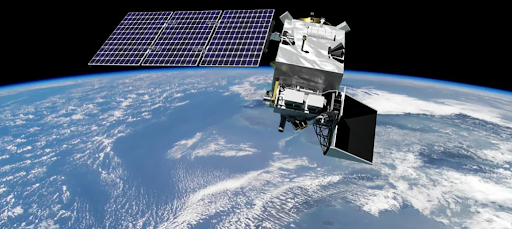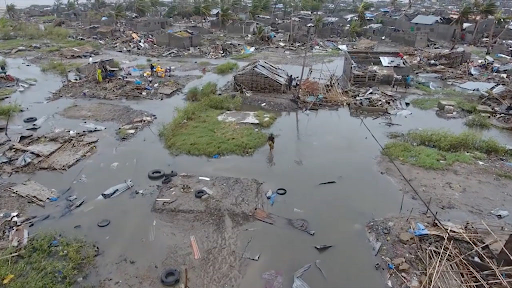NASA’s Plankton, Aerosol, Cloud and ocean Ecosystem (PACE) satellite successfully lifted off on Thursday, February 8, 2024 at 1:33 AM from Space Launch Complex 40 at Cape Canaveral Space Force Station in Florida. The revolutionary new satellite has been developed to study ocean health, air quality, and the effects of a changing climate. The mission will allow NASA to learn like never before how aerosols, clouds and phytoplankton in the ocean serve as indicators for ocean health and global warming. From hundreds of miles above Earth, PACE will look at Earth’s microscopic marine life and tiny atmospheric particles, and also help us study how these particles (i.e., dust and smoke) can influence cloud formation and the warming and the cooling of the planet.
Jeremy Werdell, a PACE project scientist, said they began envisioning a betterway understand how oceanic and atmospheric processes shape the planet approximately twenty years ago. Jeremy went on to state “The ocean and atmosphere interact in ways that need ongoing research to fully understand. With PACE, we’ll open our eyes to many new aspects of climate change.”
There are three instruments aboard PACE, one camera and two polarimeters. The satellite’s hyperspectral ocean color instrument will allow researchers to measure oceans and other water bodies across a spectrum of ultraviolet, visible and near-infrared light. This will enable scientists to track the distribution of phytoplankton and, for the first time from space, identify which communities these organisms are present on daily, and global scales. The Hyper-Angular Rainbow Polarimeter #2 and Spectro-polarimeter for Planetary Explorations will detect how sunlight interacts with particles in the atmosphere, giving researchers new information on atmospheric aerosols and cloud properties as well as air quality at local, regional, and global scales.
“We are undeniably in the midst of a climate crisis,” said NASA Deputy Administrator Pam Melroy. “Our planet is undergoing transformative changes from the surge in extreme weather events and devastating wildfires to the rising sea levels. NASA is not just a space and aeronautics agency. We are a climate agency. We leverage the unique vantage point of space to study our home as a holistic planet, collecting vital earth science data. This information is then available to people worldwide, empowering them to make informed decisions on how to safeguard our planet and its inhabitants for generations to come.”
PACE was designed as a three-year mission, although it has enough fuel to continue orbiting and studying the Earth for up to 10 years. To follow PACE’s post-launch updates, click this link: https://pace.oceansciences.org/home.htm.
NASA’s New PACE Launch
March 13, 2024

More to Discover







